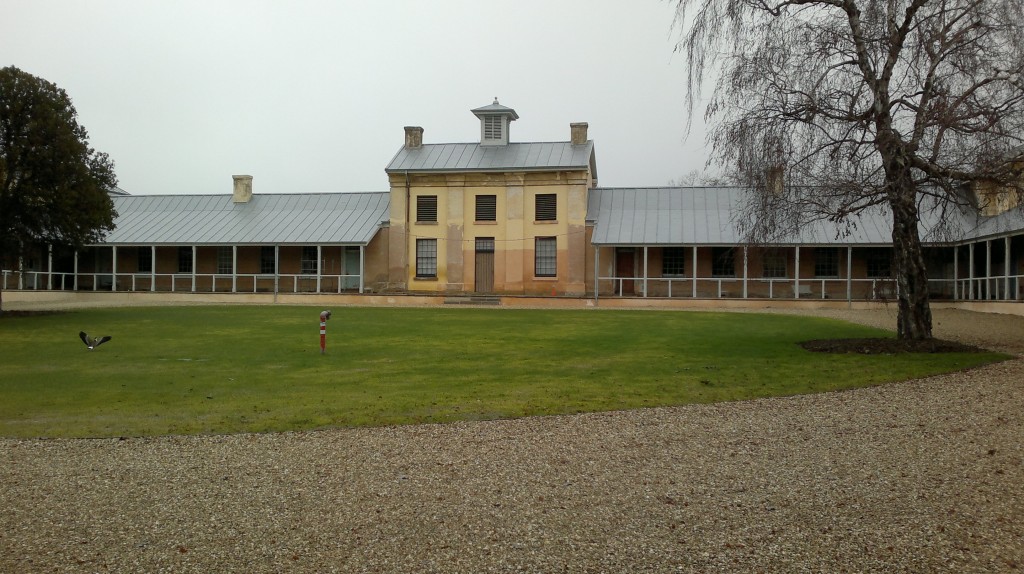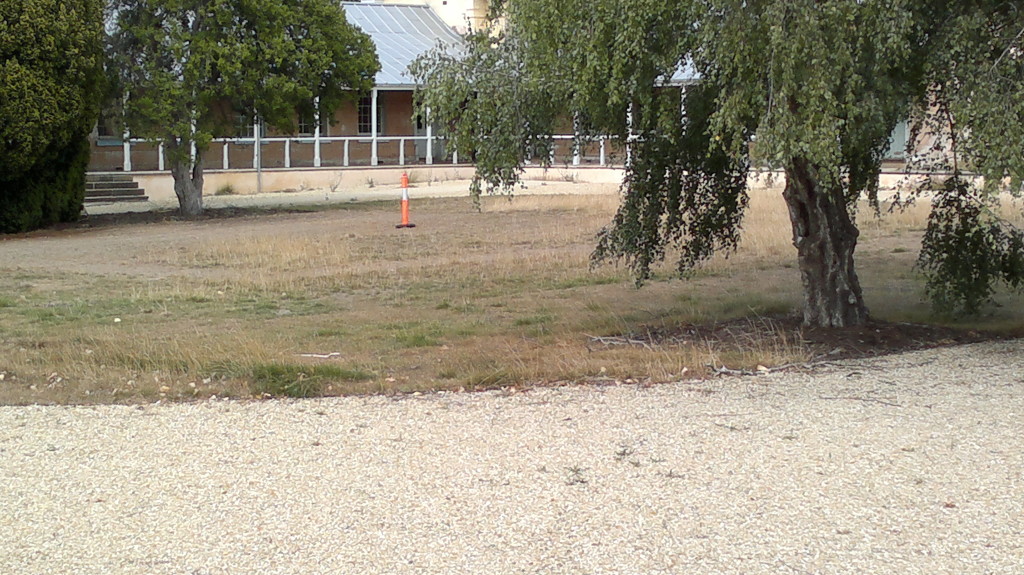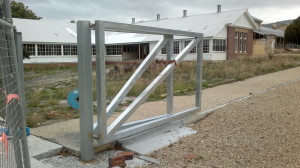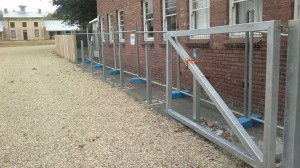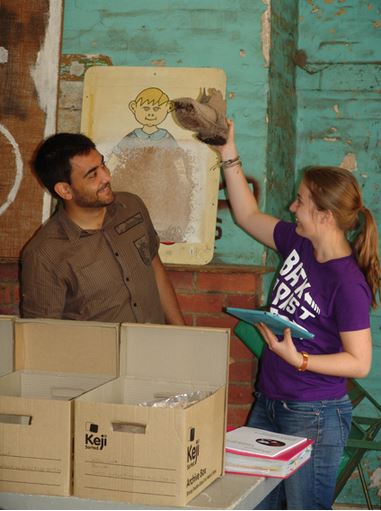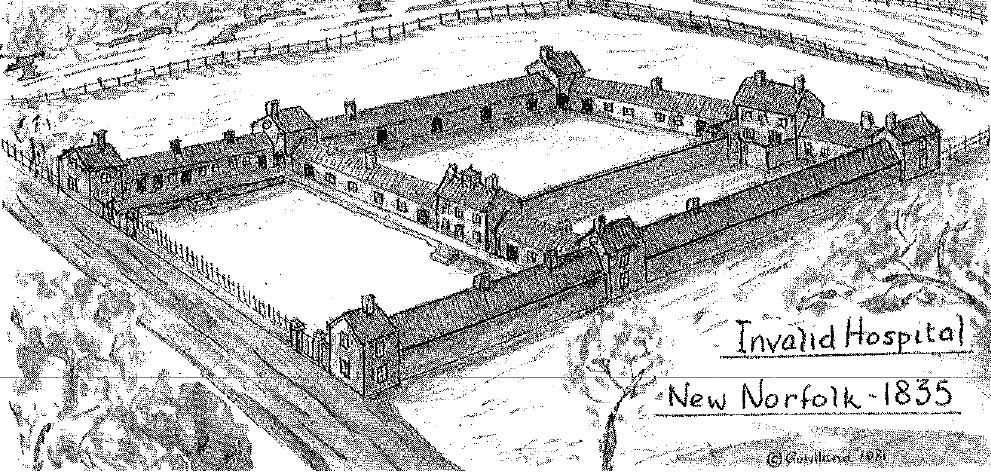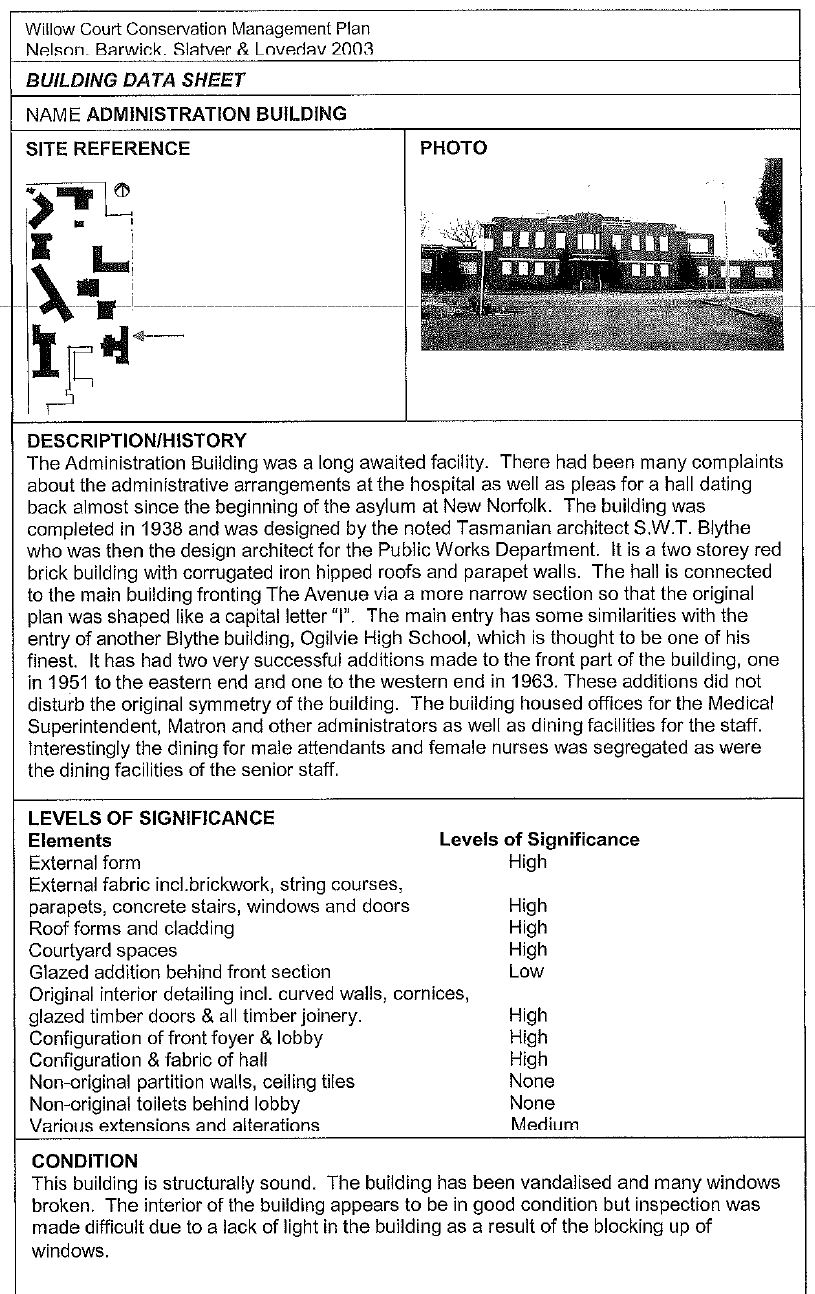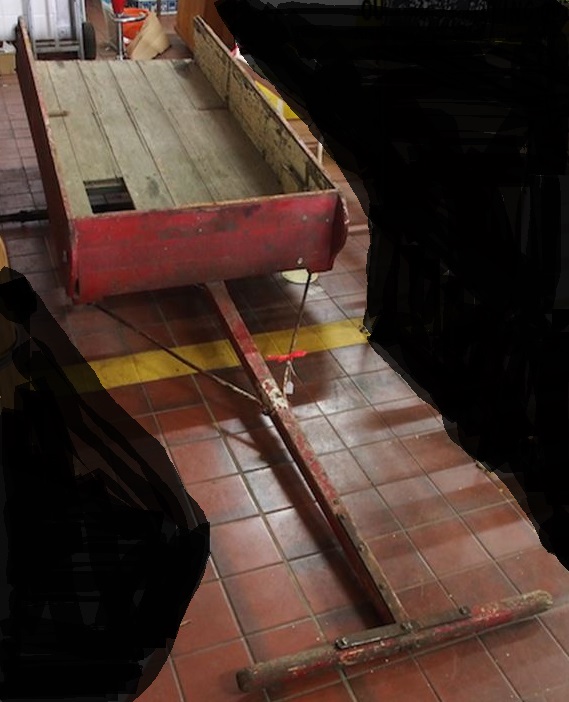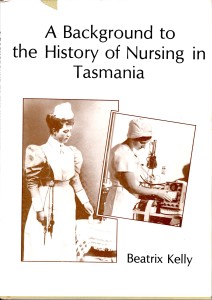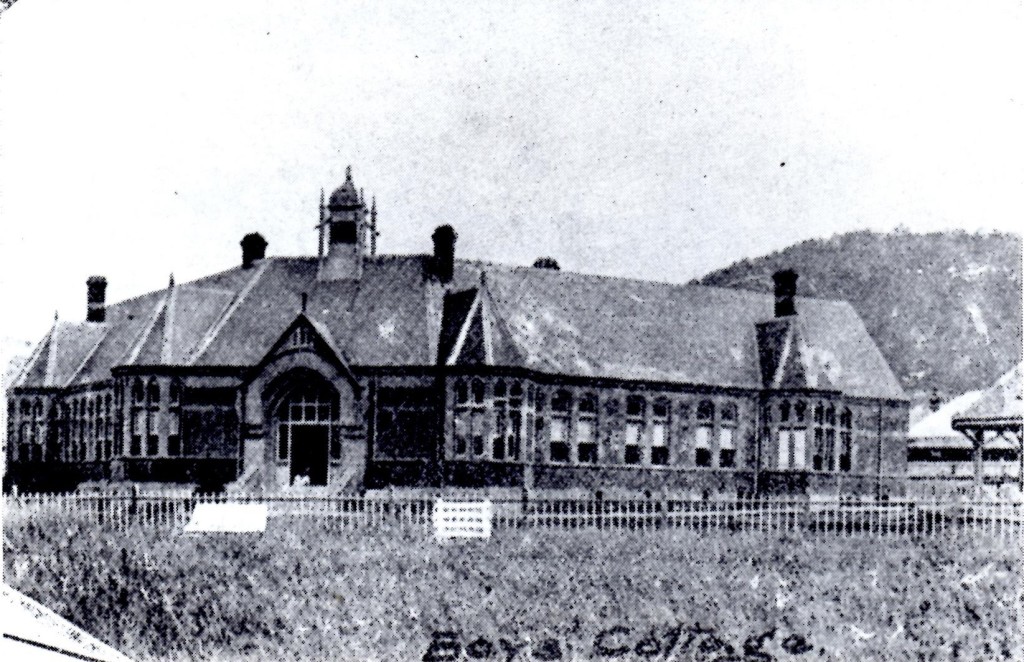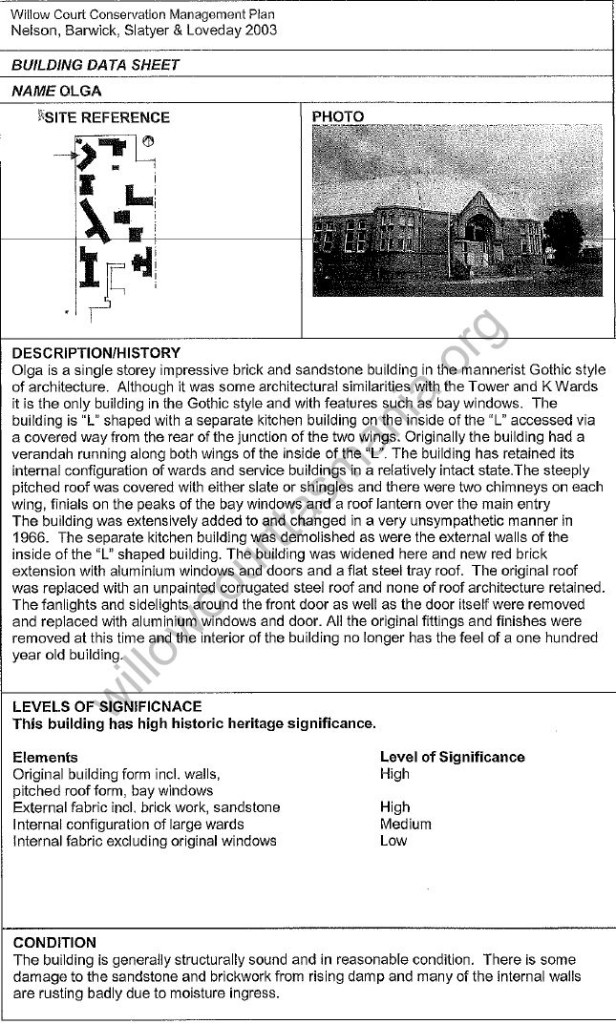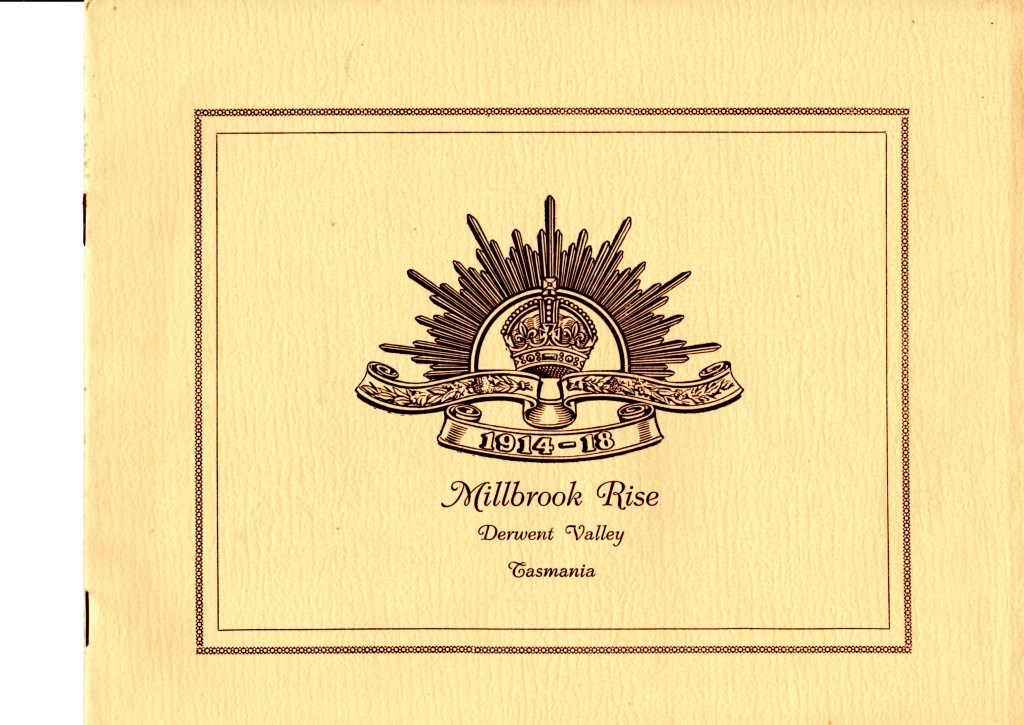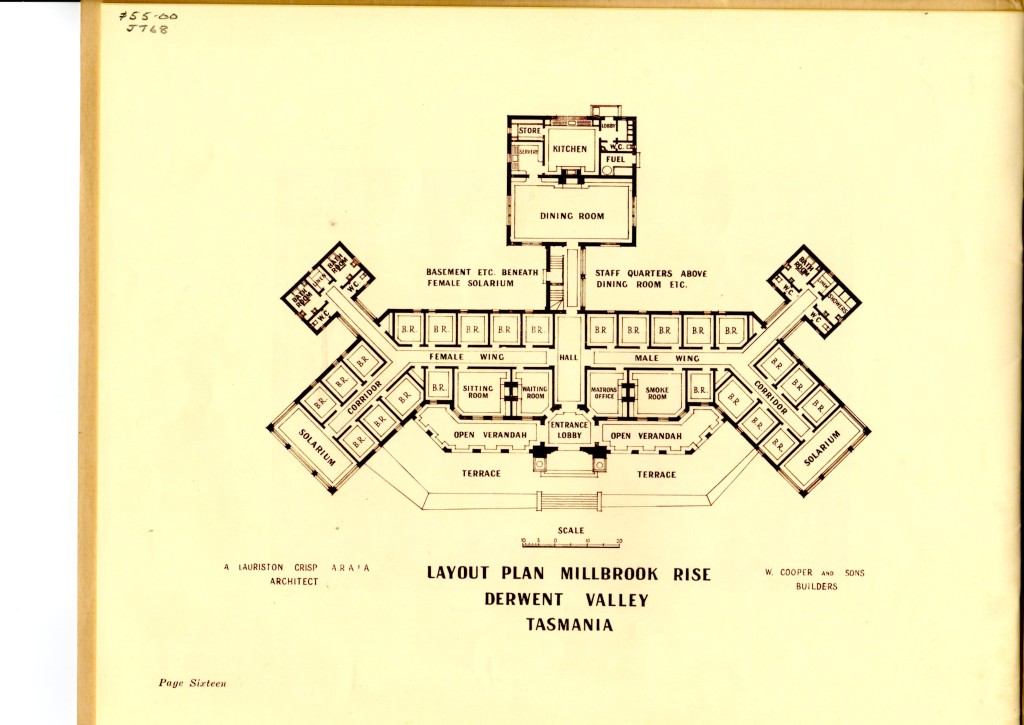Added to the growing open public documentation we now have a copy of the Willow Court Conservation Management Plan by Nelson, Barwick, Slatyer & Loveday which was created in 2003. Although there are some pages missing the document has 121 pages of information, photos and plans about twelve main buildings for Stage One, these include:
Ladies Cottage (privately owned)
Nurses Home (privately owned)
Administration Building (privately owned)
Olga (privately owned)
Masonic Lodge! K2 Ward (privately owned)
Lyprenny (privately owned)
Neighbourhood House (School) (privately owned)
Alcheringa (privately owned)
Weatherboard (demountable) building (privately owned)
Mortuary (privately owned)
Lions Club (privately owned)
Lachlan (privately owned)
Kate Loveday – Consultant Town Planner give an introduction to the site and it’s values.
This was a bold plan to conserve a large number of buildings and their surrounding landscape. History has already chosen a different path as all of the buildings in this plan (stage one) are now in private ownership.
Click on the link below to go to the Document Page.
Willow Court Conservation Management Plan Nelson, Barwick, Slatyer & Loveday 2003
